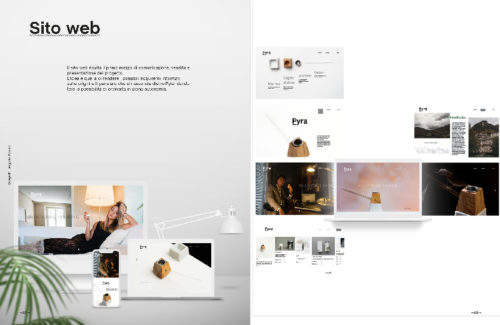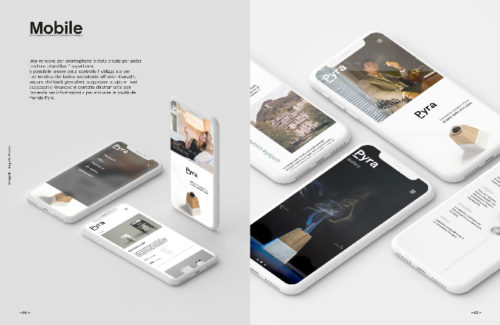The specialist two-year course allows enrolled students to achieve an II-level Academic Diploma in Painting, Sculpture, Scenography, and Brand Design, combining laboratory teachings about the four fundamental streams.
An obligatory constraint is placed upon certain subjects for each curriculum and compliance with the general structure of the study plan. These must necessarily include 120 credits divided between:
Basic Educational Activities – Laboratories: 4 exams, of which 2 are elective
Characterizing Educational Activities – Laboratories: 6 exams, of which 5 elective
Theoretical-Scientific Educational Activities: 4 exams, of which 3 are elective
Related/Supplementary Educational Activities: 2 elective exams
Final thesis
The theme of identity design within the visual communication design field is among those which has undergone the most evolution in recent years. Today there is a widespread reference to branding projects instead of the past ‘corporate identity’ projects. Often too easily, as if for a city, a street, or an institution, the simple adoption of a brand automatically resolves any reputational and, therefore, communication problem.
The master’s degree in Brand design of territories is dedicated to the specific area of identity design dedicated to places, starting from the ethnographic approach of the design process and its ability to involve communities, starting from their perceptions and mapping of their needs.
Therefore, in the specialist two-year period, the aim is to go beyond the pure design technique and form the students’ awareness of the skills necessary to launch and manage an identity project applied to complex scenarios, such as contemporary urban communities rather than individual neighborhoods or streets.







